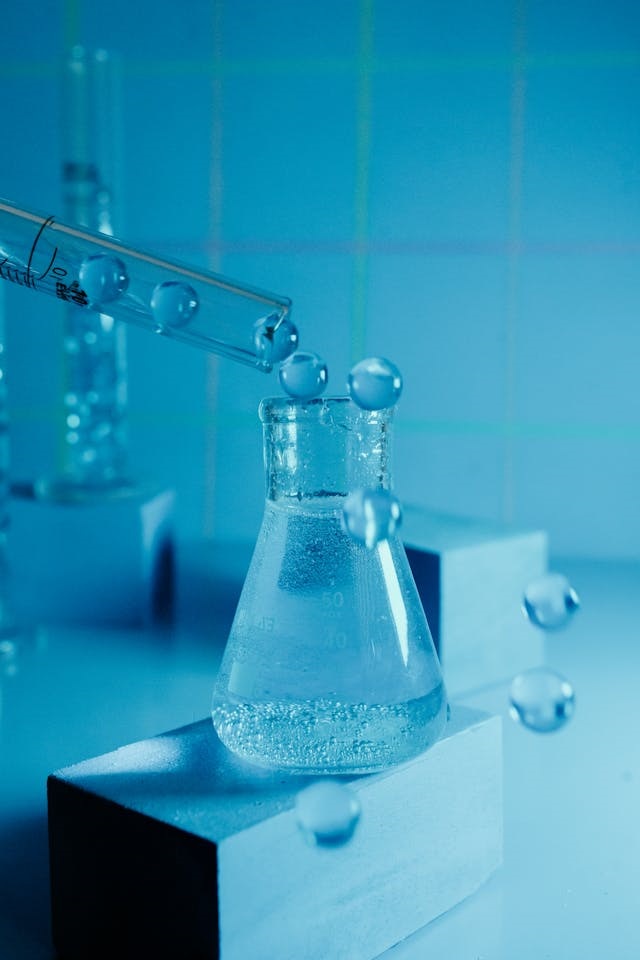Access to clean, safe drinking water is one of the fundamental requirements for good health. With the increasing demand for convenient, bottled water, the need for rigorous testing of packaged drinking water has become more critical than ever.
While packaged drinking water is often seen as a safe alternative to tap water, the reality is that quality control and safety standards must be upheld to ensure public health. This article explores why testing packaged drinking water is crucial, highlighting health concerns, regulatory standards, and the role of consumers in making informed choices.
Health Concerns and the Risk of Contamination
Packaged drinking water, by definition, is intended to be free from harmful substances that could cause illness or long-term health problems. However, even bottled water can become contaminated during production, storage, or transport. Contaminants can include harmful bacteria, viruses, heavy metals, pesticides, and chemicals like plasticizers leached from the packaging.
For example, water that is improperly treated or stored can harbor microorganisms like E. coli, Salmonella, or Vibrio cholera, which can lead to waterborne diseases. Long-term consumption of contaminated water, especially if it contains heavy metals like lead or arsenic, can result in serious health issues, including kidney damage, neurological disorders, or even cancer.
Regular testing of packaged drinking water helps to detect these contaminants and ensures that the water meets safety standards before it reaches the consumer. Even trace amounts of harmful substances can pose significant health risks, particularly to vulnerable populations like children, the elderly, and people with compromised immune systems.
Compliance with Regulatory Standards
The sale and distribution of packaged drinking water are governed by strict regulations to ensure consumer safety. Agencies like the World Health Organization (WHO) and the Bureau of Indian Standards (BIS) have established guidelines for acceptable levels of various contaminants in drinking water. These guidelines cover a broad spectrum of potential hazards, including microbiological contaminants, chemical pollutants, and physical characteristics such as turbidity, color, and taste.
Testing is essential to verify that bottled water complies with these standards. It typically includes a range of tests, such as:
Microbiological Testing: To ensure the absence of harmful bacteria, viruses, and protozoa.
Chemical Testing: To measure levels of inorganic substances (e.g., lead, arsenic, fluoride) and organic chemicals (e.g., pesticides, industrial chemicals).
Physical Testing: To assess factors like pH, turbidity, and the presence of suspended solids.
Regulatory bodies regularly monitor production facilities, and independent testing ensures that the water meets these stringent safety requirements. Without such testing, there would be no guarantee that packaged water is consistently safe for consumption.
The Role of Packaging and Storage
Packaging plays a pivotal role in maintaining the quality of drinking water. If the packaging materials are substandard or if the water is exposed to extreme conditions during transport and storage, the water could become contaminated or lose its purity. Poor-quality plastic bottles, for example, may leach harmful chemicals into the water, especially when exposed to sunlight or high temperatures. Bisphenol A (BPA), a chemical found in some plastics, has been linked to a range of health issues, including hormonal disruptions and increased risk of cancer.
Testing packaged drinking water also helps identify issues related to packaging integrity. Tests for potential plasticizers, microplastics, and other contaminants that could enter the water from the packaging material are essential to ensure the safety of the product.
Consumer Confidence and Transparency
The increasing demand for bottled water has made consumers more concerned about the quality of the products they consume. Transparency in the testing and certification processes is crucial to building consumer trust. Many companies now voluntarily submit their products to third-party testing and display certification marks or lab results on the label, allowing consumers to make informed choices about the water they purchase.
In addition to testing for contaminants, many bottled water companies also emphasize the mineral content and taste of their products, providing further assurance of quality. For instance, mineral waters often claim to provide additional health benefits due to their natural mineral composition. Regular testing ensures that these claims are accurate and that the water’s taste, composition, and safety meet the expected standards.
Environmental and Ethical Considerations
While not directly related to the safety of drinking water, the environmental impact of packaged water is an issue that cannot be overlooked. Testing can also help determine if water sources are being over-exploited or if the production process is contributing to unnecessary waste. Ethical water sourcing and sustainable production practices are increasingly important for consumers who care about environmental conservation.
Regulatory bodies and companies alike are becoming more proactive in ensuring that the water used in packaged drinking water is responsibly sourced, with minimal environmental impact. However, comprehensive testing and reporting can ensure that the industry adheres to both safety and sustainability standards.
Conclusion
Testing packaged drinking water is not just a regulatory requirement; it is an essential practice that ensures public health and safety. From detecting harmful contaminants to maintaining compliance with safety standards, regular testing helps to guarantee that consumers are drinking water that is free from dangerous substances.
In a world where clean water is a precious resource, ensuring the safety and quality of packaged drinking water must remain a priority, both for consumers and producers. With increasing awareness and transparency, we can all make informed choices about the bottled water we consume, contributing to better health outcomes and a more sustainable future.


Leave a Reply